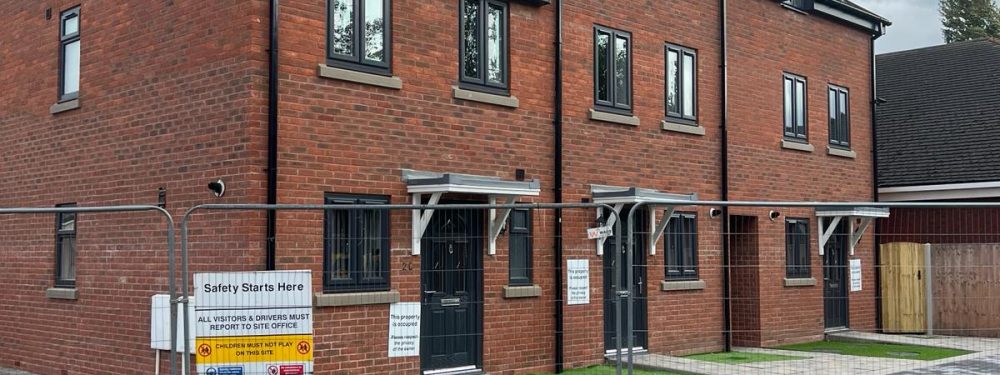Temporary sealing guidance
All temporary sealing shall be carried out internally or externally but not both and in line with the guidance set out in this form.
Mechanical ventilation
MVHR units and extractors, such as the bathroom, kitchen, and cooker hoods, should all be temporarily sealed.
Trickle ventilators
Trickle ventilators must be fitted, closed and temporarily sealed.
Air conditioning
Air conditioning must be switched off.
Air conditioning grilles can be temporarily sealed internally or outside, but not both.
Passive ventilation
Passive ventilation, such as air bricks and subfloor ventilation systems, should be temporarily sealed. Ventilation grilles leading into boiler cupboards are not permitted to be sealed.
Chimney flues
Chimney flues can be temporarily sealed for the test, as these are accounted for in the SAP and SBEM calculations.
Please be aware that.
Temporary sealing items that are not approved will be declared on the ATTMA lodgement, resulting in the test certificate being rejected. It is essential that the building to be tested is in a ready state; otherwise, the tester needs to be authorised to carry out the test.
Building control / approved inspectors
Suppose a test certificate contains any temporary sealing outside the ATTMA or Elmhurst Energy guidance notes.
In this scenario, the certificate shall not be accepted as evidence of compliance and must be retested with the additional sealing removed. If you are in any doubt, please do not hesitate to get in touch with us.
The following items must not be temporarily sealed.
- Electrical sockets or switches.
- Downlights.
- Bath panels and shower trays.
- Loft hatches and access panels.
- Doors to unconditioned areas such as cupboards and storage areas.
- External doors and windows.
- Kitchen cabinets.
- Skirting boards.
Important note
Only three times additional temporary sealing over and above what is described in the test standard can be applied.
- To seal a building component that is either missing or broken.
- To prove or disprove a single component’s overall impact on air leakage.
- Research when testing a building at an early stage.
Temporary sealing of a broken or missing component should be done only as an exception and only when fixing or installing the part isn’t possible.
Excessive additional temporary sealing, such as taping more than one broken or missing component, will render the test rejected and need retesting.
All internal doors to conditioned areas must remain open during the test. Closing doors to create false pressures will lead to the test being rejected.

